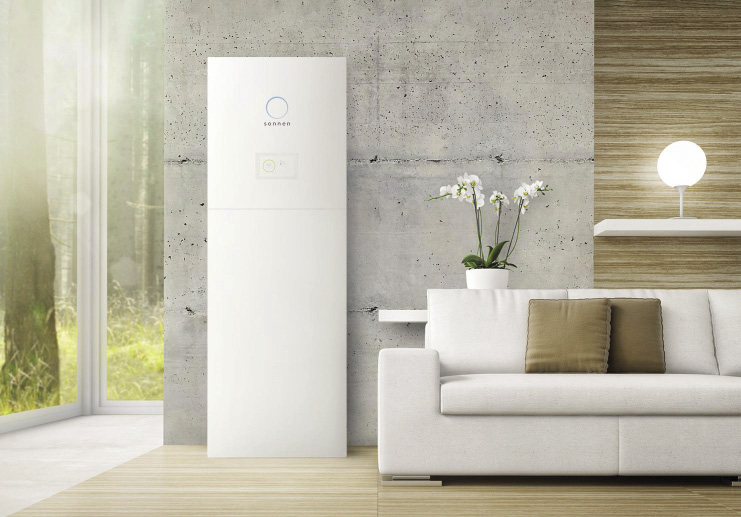From pv magazine International
German storage system manufacturer Sonnen has published test results that indicate the longevity of its products after extended use. In laboratory tests, the lithium iron phosphate (LFP) battery cells, which are also used in the company’s “solar battery,” reportedly withstood 28,000 charging cycles.
The lifespans of battery storage systems remain an issue for many potential buyers. Sonnen says that it has charged and discharged battery cells at a C rate of one and a depth of discharge of 100% over a period of eight years. This means that a full charge or discharge was completed within an hour. It noted that the test for the batteries was significantly more demanding than its use as a residential storage system.
Over the past few years, it has carried out tests in a laboratory operated by Sonnen in Wildpoldsried, Germany. According to the manufacturer, the iron phosphate battery cells still had 65% of their original capacity. As a result, the cells have not yet reached the end of their lifespans, because for this there must be a sudden drop in capacity, the manufacturer explained.
“The test results achieved so far go beyond the expected service life of the battery technology we use,” said Sonnen Managing Director Oliver Koch. “This is an important quality factor for our customers. And those who have a long-lasting battery also benefit economically for a longer period of time.”
Sonnen also tested modules consisting of 200 cells. It guarantees that the modules will retain 80% of their original capacity after 10,000 cycles. According to its latest tests, the modules retained 83% of their capacity over 10,000 cycles.
DNV GL presents its performance index for batteries, the Battery Scorecard, every year. In the last edition, it checked the cycle stability of various battery types. The company’s experts determined how many cycles a battery had to go through to lose 1% of its capacity. The average was 381 for 22 manufacturers. For iron phosphate batteries, the range was between 135 and 448 cycles. For nickel-manganese-cobalt batteries, the range was 180 to 849 cycles for each percent of capacity lost.
If the same method is applied to Sonnen’s test, a value of 800 cycles per percentage of capacity lost is obtained for the cell. The modules would have a value of 588 cycles.
This content is protected by copyright and may not be reused. If you want to cooperate with us and would like to reuse some of our content, please contact: editors@pv-magazine.com.









By submitting this form you agree to pv magazine using your data for the purposes of publishing your comment.
Your personal data will only be disclosed or otherwise transmitted to third parties for the purposes of spam filtering or if this is necessary for technical maintenance of the website. Any other transfer to third parties will not take place unless this is justified on the basis of applicable data protection regulations or if pv magazine is legally obliged to do so.
You may revoke this consent at any time with effect for the future, in which case your personal data will be deleted immediately. Otherwise, your data will be deleted if pv magazine has processed your request or the purpose of data storage is fulfilled.
Further information on data privacy can be found in our Data Protection Policy.